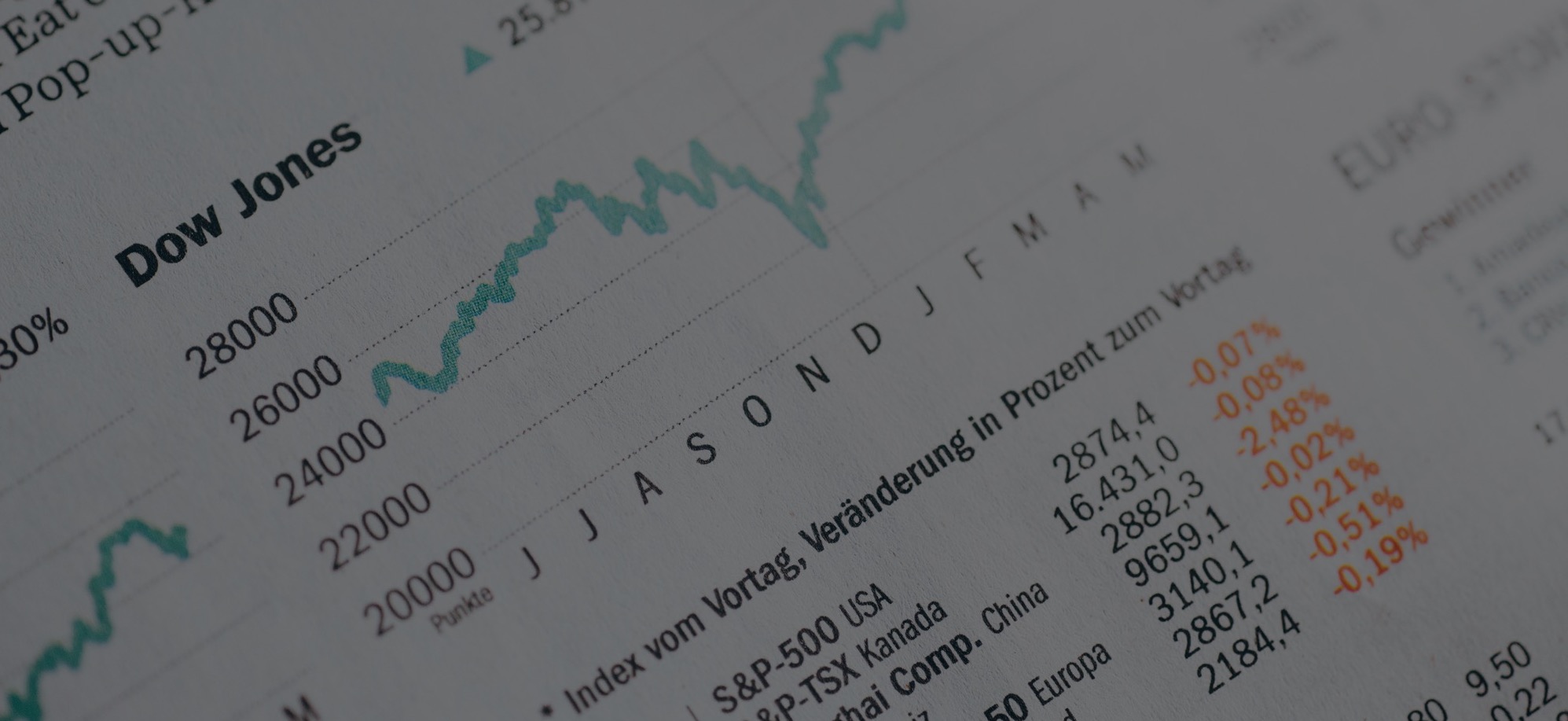Deciding between Mutual Funds vs. ETFs? Make sure you understand these differences first
If you are wondering how to choose between Mutual Funds vs. ETFs, you first need to understand the difference between active vs. passive funds.
Active vs. Passive Funds
In the past decade, passive investing (typically using ETFs, rather than an actively managed Mutual Funds (MFs)) is the default for most investors in the US. Now, the ongoing shift from active to passive investing has reached a new milestone. A recent study by Bloomberg reports that more money is now managed in passive than active funds in the US.
Figure 1: More money is now managed in passive US funds than active funds
This is because over the long term active funds have failed to beat the passive benchmark (after fees). As a result, actively managed funds don’t stay alive that long. The statistics (from Morningstar) are staggering: more than 60% of the active funds in large-blend funds 15 years ago no longer exist, and just 12% managed to both survive and outperform their average passively managed peer (Figure 2).

Figure 2: Distribution of 10-Year Annualized Excess Returns for Surviving Active Large-Blend Funds
The debate between Mutual Funds (MFs) vs. ETFs is often synonymous with the debate between active vs. passive. However, the reality is that both MFs and ETFs can be both actively or passively managed, depending on the fund. The difference between the two goes beyond management style.
As an investor, selecting the right investment product requires an understanding of the key differences between ETFs vs. MFs.
What is the difference between Exchange Traded Funds (ETFs) and Mutual Funds (MFs)?
Both MFs and ETFs are pooled investment vehicles that have anywhere between 100 – 1000 individual securities. The two can have a similar composition of stocks / commodities / bonds. For example, let’s compare the composition of the Vanguard’s Healthcare ETF and the Vanguard Health Care Fund. In the table below, the blue color highlights the same companies underlying the two funds. Despite similar sector compositions and top company holdings, the ETF has a much higher number of stocks (389 companies vs. the MF’s 93) within the fund. This means that the ETFs are more diversified.
| Vanguard Healthcare ETF | Vanguard Health Care Fund | |
|---|---|---|
| Top 10 Holdings (same stocks highlighted) | Johnson & JohnsonMerck & Co. Inc.UnitedHealth Group Inc.Pfizer Inc.Abbott LaboratoriesMedtronic plcAmgen Inc.Thermo Fisher Scientific Inc.Eli Lilly & Co.AbbVie Inc. | AstraZeneca plcBristol-Myers Squibb Co.UnitedHealth Group Inc.Pfizer Inc.Novartis AGEli Lilly & Co.Abbott LaboratoriesBoston Scientific Corp.Medtronic plcAnthem Inc. |
| Portfolio composition (Top 5 %) | Pharmaceuticals – 28.10%Health Care Equipment – 24.40%Biotechnology – 18.70%Managed Health Care – 9.40%Life Sciences Tools & Services – 7.40% | Pharmaceuticals – 44.90%Health Care Equipment – 15.50%Biotechnology – 15.00%Managed Health Care – 10.30%Health Care – 3.80% |
| Number of stocks | 389 | 93 |
The primary difference between MFs and ETFs is how they are traded. ETFs trade just like a stock on an exchange, with real-time pricing. Therefore, ETFs can be traded anytime when the market is open. You are only a single trade away from an opening or closing position. On the other hand, MFs trade only at the end of the trading day, at a price calculated by dividing the total assets of the fund by the number of shares, minus any expenses.
Due to the difference on how they are traded, ETFs and MFs have different characteristics in tax efficiency, expenses, and minimum investment:
| ETFs | Mutual Funds (MFs) | |
|---|---|---|
| Tax Efficiency | You incur capital gains tax when you sell your ETF. The amount of the capital gain depends on how long you hold the ETF for. Since most ETFs are passively managed, there tends to be fewer asset turnovers (when compared to a similar MF). This typically leads to a lower tax bill. | You are taxed throughout the ownership of the investment, not just when you liquidate your position. MFs are controlled by active managers that buy and sell stocks within the fund. Every time the manager transacts, you accumulate taxable gains (or losses) and pay transaction costs. |
| Expenses | ETFs typically have lower fees since a majority of them are passively managed. Typical expense ratios for ETFs are around 0.2 – 0.5%. | MFs are typically actively managed by professional managers. Thus, expense ratios are typically higher at around 0.5% – 1.25% |
| Minimum Investment | Because they are traded like stocks, the minimum investment amount is typically lower. | Typical funds require a minimum investment of between $500 – $3000. |
Now that you understand the key differences between MFs and ETFs, you can make a determination and decide which investment fund is right for you.
Four key metrics to pay attention to when selecting the right fund for you:
- Returns: Don’t just focus on the change of price per share over time. Look at the dividend yield as well. This is often expressed in percentage. A 1% dividend yield means that for every $100 you invest in the ETF, you will get $1 as cash distribution.
- Costs: Don’t just focus on expense ratios. Mutual funds typically have other fees not included in the expense ratio (fund’s trading costs, front-end load, back-end load, contingent deferred sales charges (CDSC), and redemption fees).
- Volume: This refers to the number of shares of an ETF transacted over a period of time. The larger the volume, the greater the liquidity of the fund. This is important because: (1) In the event of a large market drawdown, you want the ability to exit your position quickly, and large liquidity helps; (2) The larger the trading volume, the smaller the spread between bid and ask.
- AUM: High quality funds typically have high amounts of assets under management (AUM). This is typically correlated to the age of the fund.

